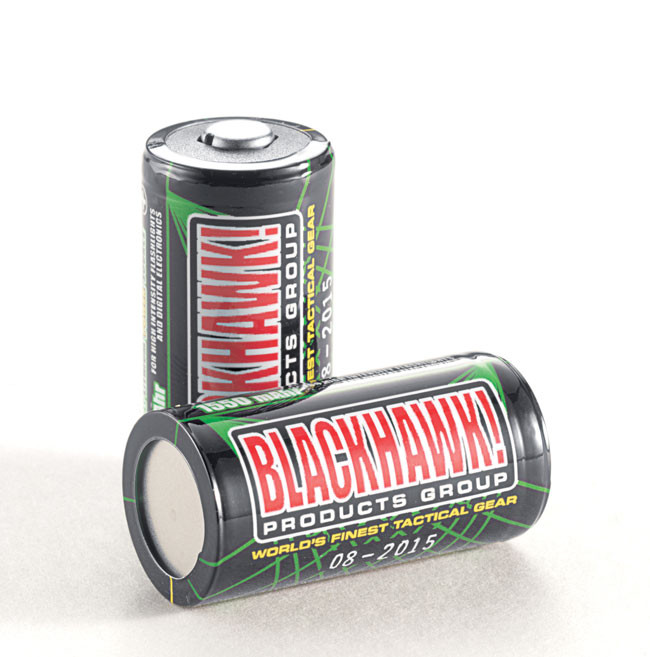


/lithium-56ba83823df78c0b136afa95.jpg)
Beyond the decision as to which mood stabilizer should be prescribed, some of these same factors are likely to play a role in predicting adherence to maintenance lithium. Assuredly, this phenomenon reflects a number of factors that influence both physician and patient behaviors including the number of other mood stabilizers available, the need for regular monitoring via venipuncture with lithium, the marketing of other patent-protected mood stabilizers and so forth. Hyperparathyroidism from lithium is a relatively more recently recognized phenomenon.ĭespite its place as the gold standard for maintenance treatment in bipolar disorder, prescription patterns from a number of (but not all) countries demonstrate a decreasing use of lithium (Karanti et al. Lithium-induced hypothyroidism is relatively common but easily diagnosed and treated. Infrequently, lithium will need to be discontinued because of the progressive renal insufficiency.

A small but measurable percentage of lithium-treated patients will show progressive renal impairment. In most cases, lithium-associated renal effects are relatively mild. Lithium has adverse effects on the kidneys, thyroid gland and parathyroid glands, necessitating monitoring of these organ functions through periodic blood tests. In contrast, weight gain and cognitive impairment from lithium tend to be more distressing to patients, more difficult to manage and more likely to be associated with lithium nonadherence. A simple set of management strategies that involve the timing of the lithium dose, minimizing lithium levels within the therapeutic range and, in some situations, the prescription of side effect antidotes will minimize the side effect burden for patients. Thirst and excessive urination, nausea and diarrhea and tremor are rather common side effects that are typically no more than annoying even though they are rather prevalent. This paper summarizes the knowledge base on side effects and toxicity and suggests optimal management of these problems. Additionally, side effect concerns assuredly play some role in lithium nonadherence. Although this observation is multifactorial, one obvious potential contributor is the side effect and toxicity burden associated with lithium. Despite its virtually universal acceptance as the gold standard in treating bipolar disorder, prescription rates for lithium have been decreasing recently.


 0 kommentar(er)
0 kommentar(er)
